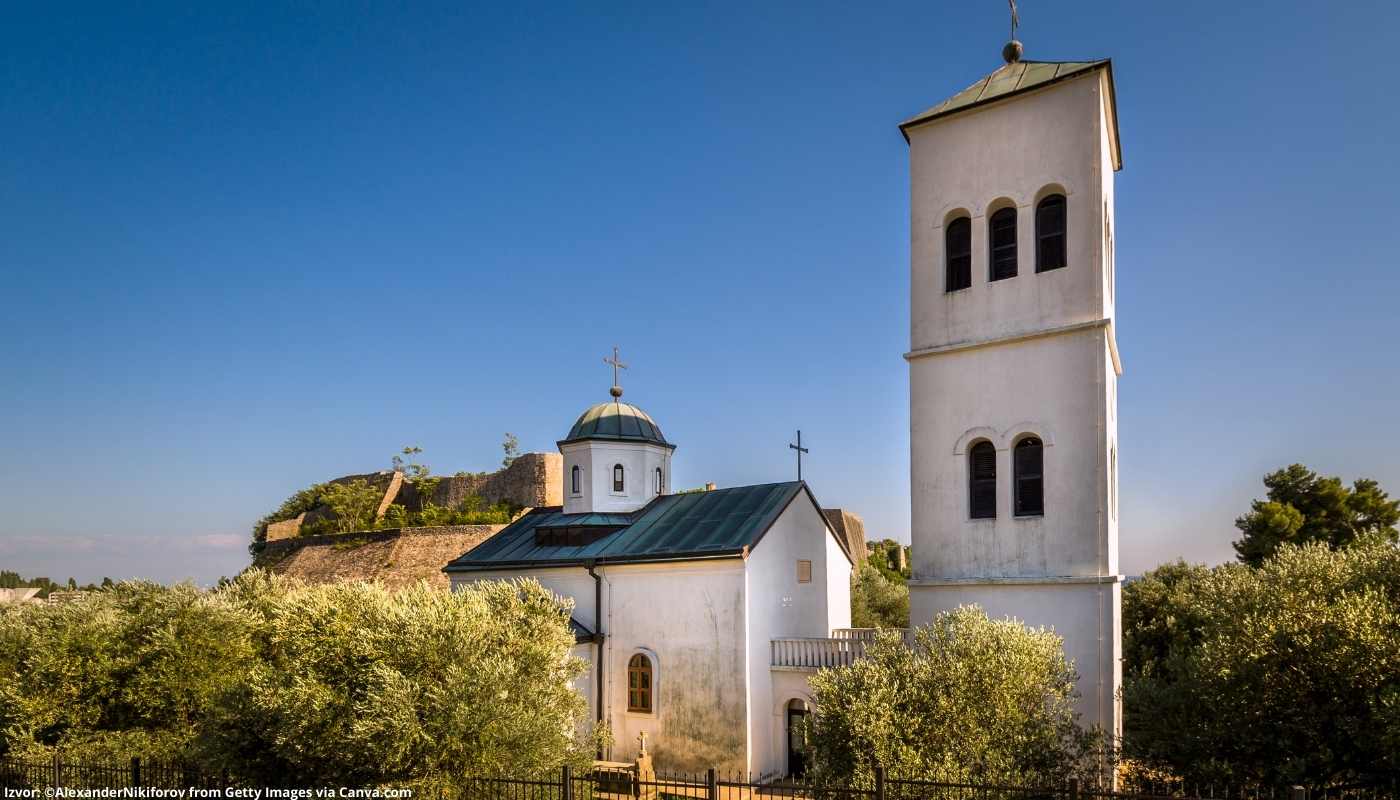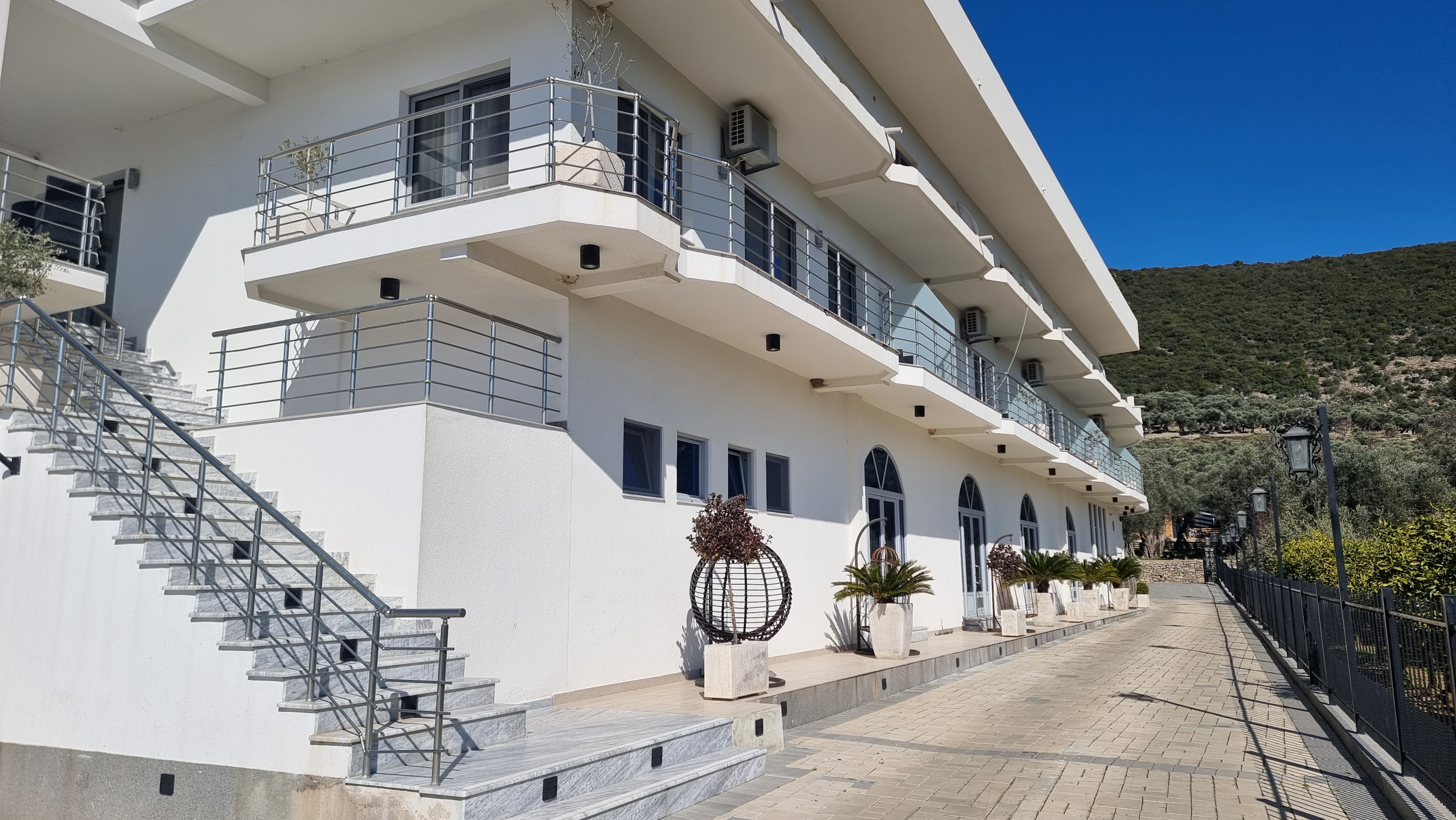Stari grad Ulcinj
Share this attraction
Back

Stari grad Ulcinj
Ulcinj
The old town of Ulcinj - The most important information
The old town is located in Ulcinj, on the southern part of the coast and is one of the oldest, but also the most beautiful parts of the city on the Adriatic. The old town covers a large area and is excellently preserved. This area is different from other ancient settlements in Montenegro. The oldest remains of the ramparts come from the distant Illyrian period, while in the 6th century this city got two gates - an eastern and a western one. The Old Town is one of the most popular attractions visited by tourists when they come to this part of Montenegro. It is believed that in this city at the end of the 16th century, the famous Spanish writer Cervantes was a slave.
What to see in the Old Town?
Old Ulcinj is a part of the city full of important historical and cultural monuments of ancient times that remind us of how it used to be to live. The architecture leaves you breathless, as well as their role, which has changed over the decades and centuries.
What to see in the Old Town?
Old Ulcinj is a part of the city full of important historical and cultural monuments of ancient times that remind us of how it used to be to live. The architecture leaves you breathless, as well as their role, which has changed over the decades and centuries.
- Palace and Courts - There is a belief that once upon a time there was a residence of the Venetian governor of Ulcinj in the Palace of Venice. Later, this building was used as a palace, precisely because of its famous beauty and functionality. On the other side, not far from the Palace, on the southern plateau, is the Balsic Palace. Both the Court and the Palace today serve as catering facilities.
- The Balsic Tower - The citadel that rises on the highest plateau is associated with the last Balsic family, whose capital was the city of Ulcinj. The third floor of the tower was built and remodeled by the Turks, as well as the vault on the ground floor. This building has an open view of the sea on three sides and is one of the most beautiful architectural buildings of the Middle Ages in Montenegro. Today, this space serves as a gallery or a space where literary evenings are held.
- Slave Market - In the Old Town there is a small square known as the Slave Market, in front of the church-mosque. From the 17th century, Ulcinj became a very important market for slaves, most of whom were either from Dalmatia or from Italy. Slaves did not serve as labor force, but demanded a ransom from their relatives. In the 18th century, there was a change, so slaves from Africa were brought to Ulcinj and were resold. After being brought to Ulcinj, they became free citizens, and a small part of their descendants still live in this city today.
How to get to the Old Town?
You can reach the old town:
You can reach the old town:
- By car - If you decide to go by car, at the first roundabout in Ulcinj, take the first exit if you are coming from the direction of Bar. Street Rr. Hafiz Ali Ulqinak go all the way to the end. At the very end of the street, turn right into Ulcinjskih Moreplovaca Street and on your right you will see the beginning of the Old Town.
- By foot - If you decide to go on foot, you will need about 20 minutes of easy walking for this walk. The distance from the roundabout to the Old Town is 1.7 km. Street Rr. Hafiz Ali Ulqinak, get to the very end, then turn right into Ulcinjskih Moreplovaca Street and on your right you will see the beginning of the Old Town.
Location
Learn more about this destination
Discover the beauty of the destination through blogs that highlight the most famous landmarks, hidden gems, and provide travel tips for visiting this destination. Embark on an adventure through the stories of experienced travelers.



















































































